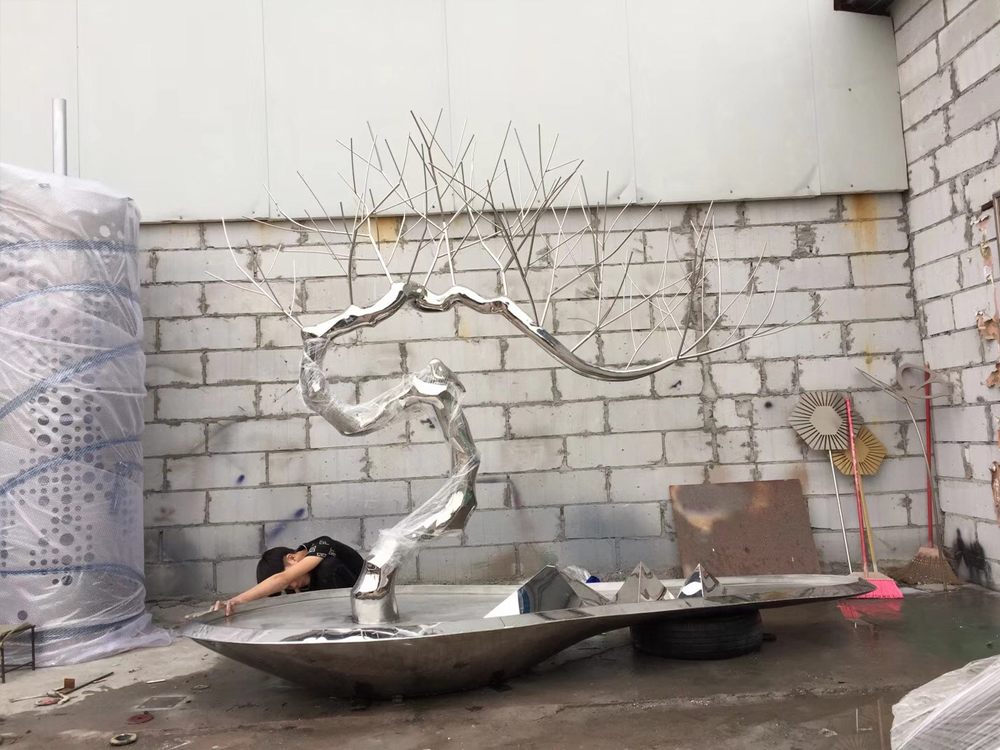
Artists have long pushed the boundaries of metal sculpture by integrating mechanical or moving parts, transforming static pieces into dynamic works of art. This fusion of engineering and creativity results in captivating kinetic sculptures that engage viewers through motion and interaction.
One common technique involves using gears, pulleys, or motors to create controlled movement. Artists often design these components to be visible, turning them into aesthetic features rather than hiding them. For instance, some sculptures incorporate clockwork mechanisms that allow parts to rotate or oscillate rhythmically.
Another approach is balancing sculptures to respond to environmental factors. Wind-powered metal sculptures, for example, use carefully weighted elements that sway or spin with even the slightest breeze. These pieces demonstrate how artists harness natural forces to bring their creations to life.
Some contemporary artists experiment with interactive elements, embedding sensors or programmable systems that allow the sculpture to react to viewers' presence or touch. This creates a unique dialogue between the artwork and its audience, making each encounter different.
The integration of moving parts requires meticulous planning. Artists must consider durability, weight distribution, and maintenance while preserving artistic vision. The result is often a mesmerizing blend of form and function that challenges traditional perceptions of sculpture.
By combining metalworking skills with mechanical ingenuity, artists continue to redefine what metal sculptures can achieve, proving that art isn't always meant to stand still.

